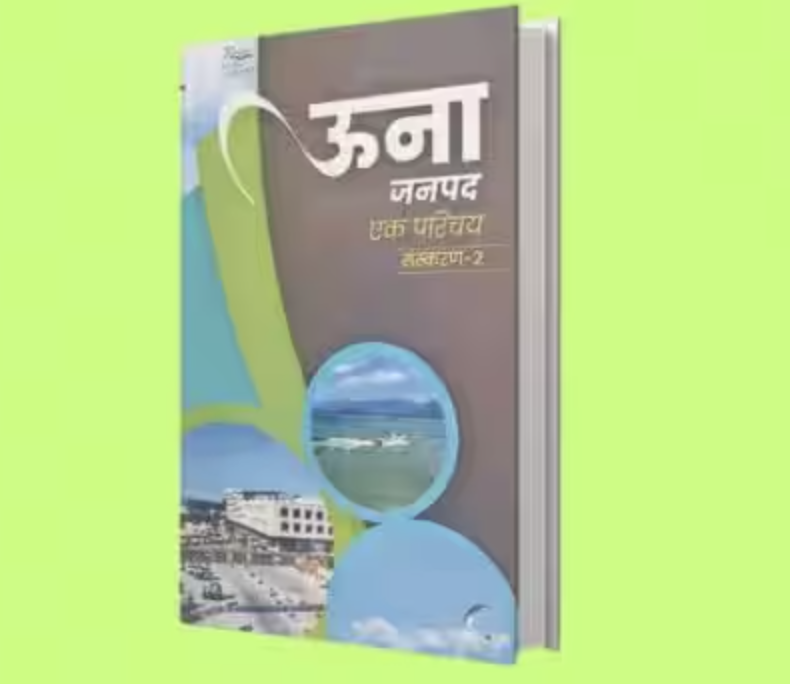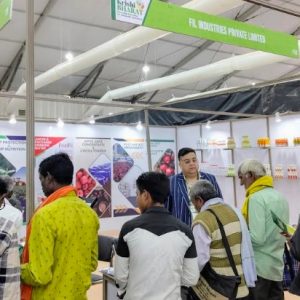In the undulating countryside of Una, life is moving in close proximity and contact with nature, with all of its ups and downs, higher and lower case.
The ‘Lifestyle for the Environment (LiFE) Movement’ was introduced by Prime Minister Narendra Modi last year. In the undulating countryside of Una, life is moving in close proximity and contact with nature, with all of its ups and downs, higher and lower case. Enjoy a slice of life: In a village close to Chintpurni, newlywed women make a particular effort to bow down to a peepal tree. It is seen to be advantageous for their marriage.
In the district administration’s book Una Janpad: Ek Parichay (Una district: An introduction), many of these slices are combined to paint a picture of the pro-planet people and the location where the sun, moon, water, earth, rivers, roads, and hills are all venerated equally. The book delves deep to unearth details about the district, which was created on September 1, 1972, and traces its history from the pre-Partition era to its time as a part of Punjab to its prominence as the only district of Himachal Pradesh with a direct rail connection to the capital.
Numerous individuals have died in battle and given their lives in the service of their country, including Ram Singh Pathania in 1848 and Captain Amol Kalia in 1999. A ten-page list honours the valiant, deceased, and distinguished soldiers who served in the district. There are notable athletes as well, like Deepak Thakur in hockey, Anjum Moudgil in shooting, Padma Shri Charanjit Singh in hockey, and Nishad Kumar in athletics.
In addition to the battlefield and playfield, there is another field within and outside the house where the people just defeated Covid-19. The district administration describes the actions done in the fight against the coronavirus and expresses an open appreciation for the assistance of the populace: It contains 644.2 quintals of flour, 427.95 quintals of rice, 120.07 quintals of pulses, 5201.5 litres of edible oil, 81.08 quintals of sugar, 94.52 quintals of salt, and 35.899 quintals of spices. During the lockdown, life was disrupted, but not the flow of sentiments and feelings.
There includes a thorough explanation of well-known religious locations. If one has read Dr. Raman Sharma’s Una Kshetra Ke Dharmik Evam Aitihasik Sthal (Religious and historical sites of Una region), who also contributed to the current book, they are likely to feel a sensation of déjà vu.
The peepal depiction is condensed into a subhead and is only applicable to a portion of the territory, which is a drawback. It leaves one wanting more. To visualise the peepal, there had to have been a pan-district strategy. The ties between “we, the rural people, and our peepal” may have been the subject of a whole chapter.
The book has a political undertone. Prem Kumar Dhumal, a former chief minister, is credited with bringing attention to the significance of the district’s history. He must have been delighted to learn of the second printing of the book. In addition to history, it gives a comprehensive overview of the neighbourhood, highlighting its culture, traditions, songs, proverbs, and LiFE movement in letter (each letter being capital) and spirit.
By Nishtha Dhoundiyal














